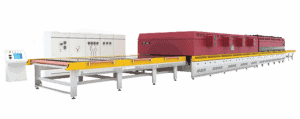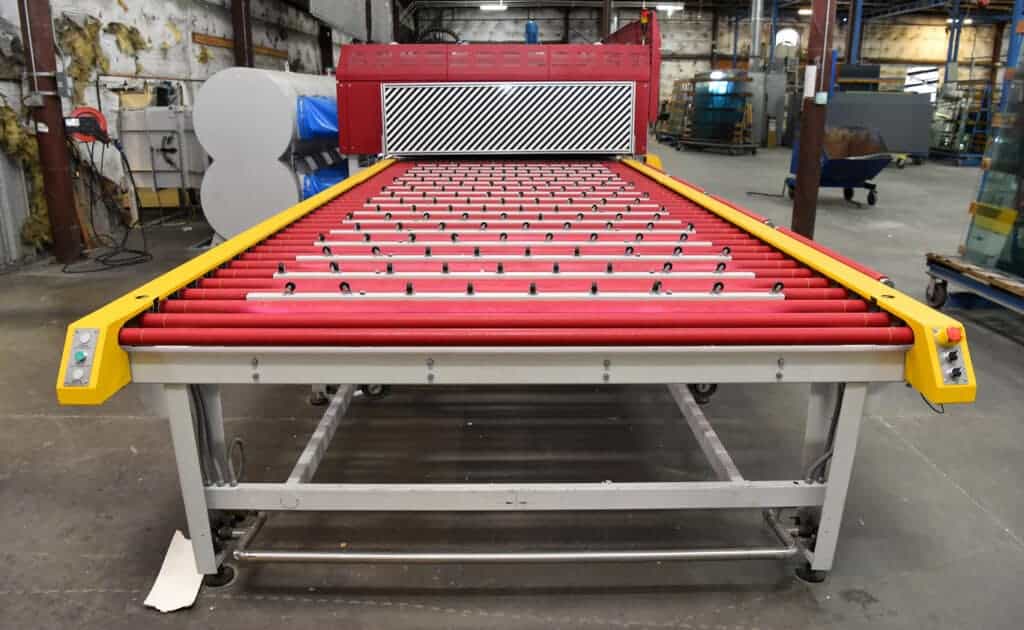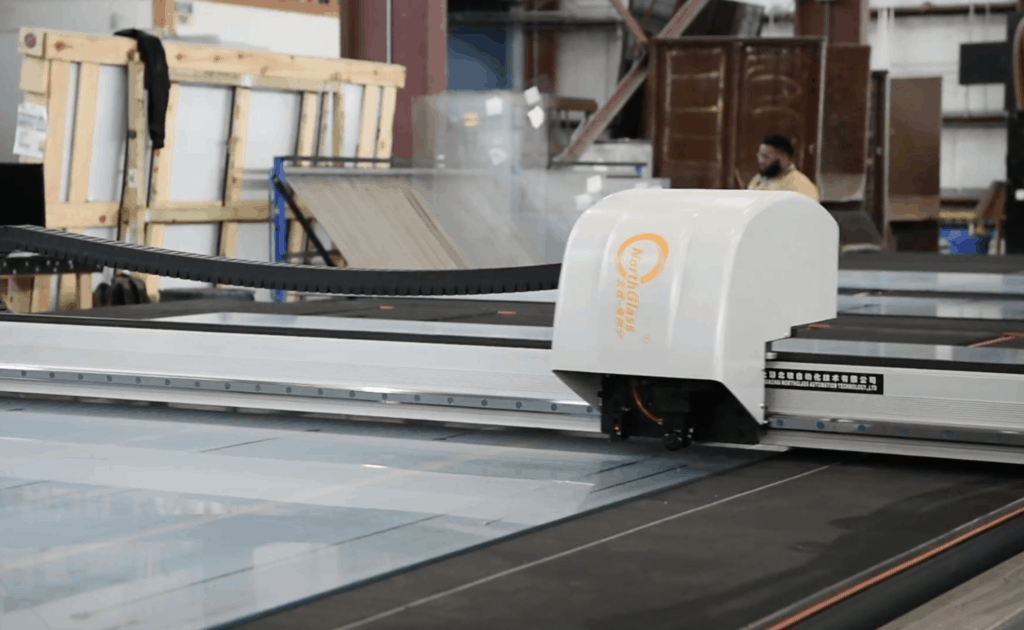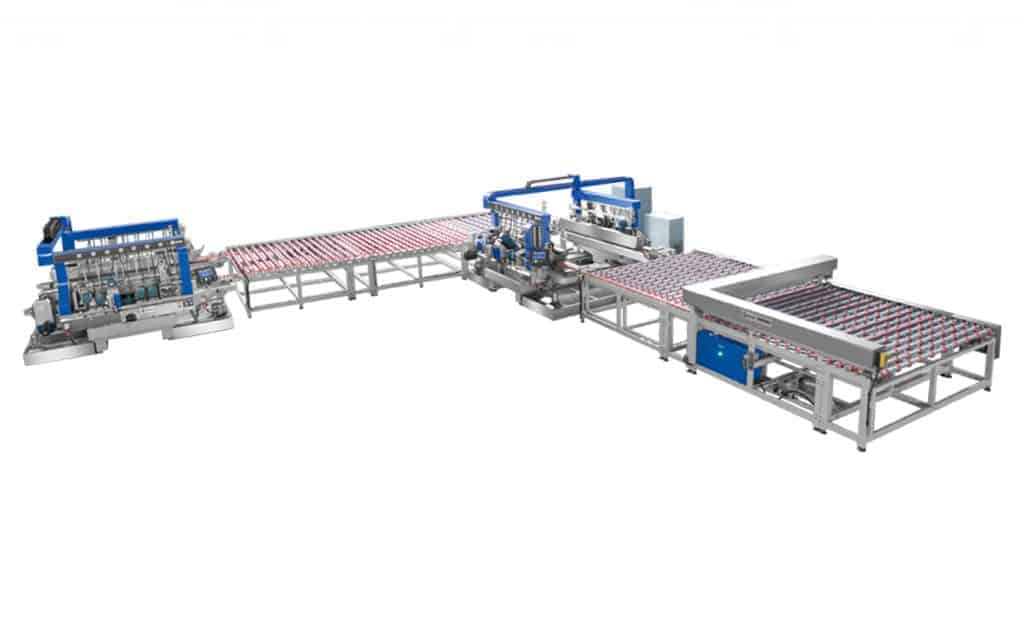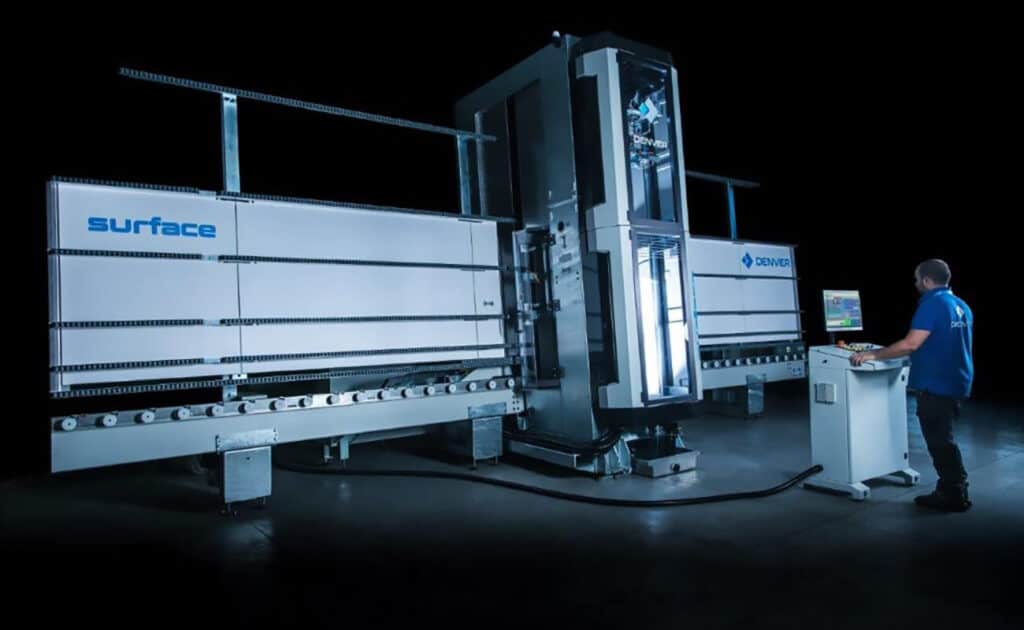How to Choose a Glass Laminating Machine for Your Lineup
Glass lamination is a central component of many fabrication lineups. Choosing a reliable new machine is an important decision that affects productivity, downtime and outcomes.
It is critical to select a high-quality glass laminating machine to achieve premium results. Whether you need laminating ovens, production lines or glass storage units, you should evaluate whether the laminating equipment will meet your facility’s unique needs.
How is laminated glass made?
Lamination provides protection to glass components in the event of glass breakage. Laminated glass is made by adding an interlayer or thermoplastic polymer between two pieces of glass that keeps glass safely in place. Some lamination coatings can provide additional durability to meet specific requirements. It is a practical, strong and popular option that fits a variety of decorative or functional needs.
What is laminated glass used for?
Uses for laminated glass range from needed safety measures to desired style effects. When it comes to safety, laminating machines can create hurricane, ballistic, fire rated, privacy and related glass products. For decorative purposes, the equipment can incorporate different color coatings to fit particular customer desires or spaces.
It is possible to laminate low-E glass in all settings. Pair the energy efficiency of low-E coating with the security of lamination for a superior result.
EVA and PVB film are options for glass lamination. EVA, or Ethylene Vinyl Acetate, is useful for glass that will be in outdoor settings with exposed edges. PVB, or Polyvinyl Butyral, is a cost-effective and common filmed used for a variety of applications.
Fabricators should consider whether they want an autoclave or non-autoclave laminating machine. Autoclaves use a combination of heat and pressure to produce glass products. Non-autoclaves use heat and vacuum pressure to laminate glass products.
Can you custom cut laminated glass?
You can cut glass to various product specifications depending on your machine, including large and small-size glass or any thickness variations. Some machines offer an adjustable servo motor that allows for accurate positioning and lamination of many glass sizes. You will also need to determine whether you require machines for flat or bent glass applications, or both.
What is the difference between laminated glass vs. tempered glass?
Both tempered and laminated glass are sturdy options for a variety of glass needs. The main difference between tempered and laminated glass is that tempered glass is a single piece of glass while laminated glass consists of two pieces of glass sandwiched together.
The plastic coating on laminated glass provides a special safeguard for potential shattering. The plastic keeps the glass together in the event that it breaks, preventing harmful shards from injuring bystanders.
Tempered glass is a toughened product known to be stronger than laminated glass, created through chemical and thermal processes such as extreme heating and cooling. Glass can be both laminated and tempered for a high-endurance product.
What should you look for in your glass laminating machine?
Fabricators should seek glass laminating machines that offer a combination of reliability, efficiency and superior performance.
Prime features to look for in laminating equipment includes:
- Ability to remove air bubbles between glass layers to prevent defects
- Proven endurance for high-volume glass production
- Machines backed by 24/7 U.S.-based service
- Easy operation and maintenance over time
- Full installation support and parts stocking
HHH Equipment Resources offers a variety of glass laminating systems including autoclaves, production lines, laminating ovens and more. To learn more about selecting the right laminating equipment for your lineup, contact the expert HHH team.
